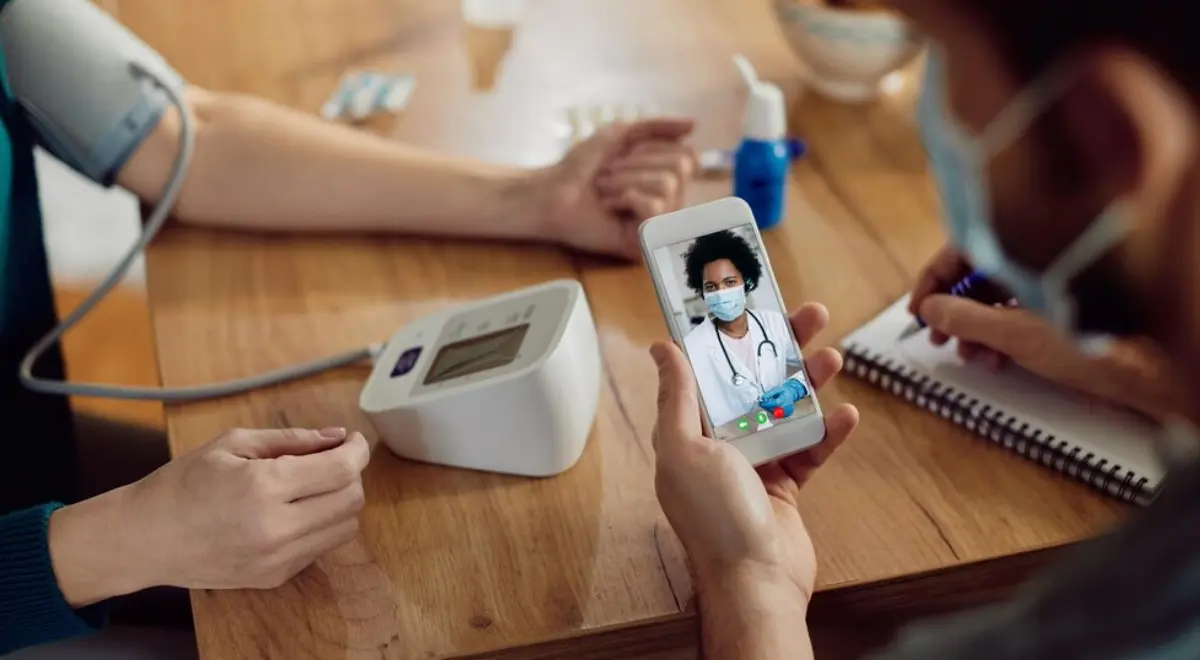Overcoming Patient Tech Barriers: Making RPM Accessible for All Demographics

Remote Patient Monitoring (RPM) has greatly improved the modern day healthcare delivery model and boosted the patient engagement rate and quality of care delivery. With RPM, healthcare providers can easily track patient health data via wearables, cellular-enabled, and Wi-Fi monitoring devices that too without having to schedule in-patient visits.
Though RPM offers a lot of benefits when it comes to patient health and outcomes, it comes with some technology barriers, particularly in terms of demographics. These barriers include technological access, lack of digital literacy, socioeconomic factors, and data privacy concerns.
Table of Contents
ToggleAddressing the RPM Accessibility Gap Within the Community
The adoption of RPM for those having access to digital technology and those who do not is the foremost concern. Of all the individuals using RPM, those facing the problem are usually elderly, low income individuals, and rural communities.
Many elderly citizens are not comfortable using smartphones or tablets and face difficulty using the latest health monitoring software and devices. Since they have low digital literacy, they are less likely to engage with RPM programs. To overcome this, healthcare organizations can:
- Provide user-friendly devices with a clean interface
- Offer technical support and training to users
- Create community-based programs for ease of use
Not only the elderly, but patients residing in underserved localities and from low income backgrounds may find it hard to access modern day healthcare technology. Some ways to improve their accessibility include offering grants and subsidies to low income patients so they can install Wi-Fi to use these devices. Other ways to bridge this gap include:
- Partnerships with community organizations
- Providing educational resources to individuals
- Generating awareness about RPM programs
Improving Digital Literacy For Healthcare Across All Demographics
When it comes to providing access to patients with little to no technical knowledge, improving digital literacy is the foremost step to accomplish. The following strategies can help improve digital literacy:
- Multilingual education and training in healthcare technology
- Simplified interfaces and user-friendly software applications
- Application interfaces that are easy to navigate
- Ongoing education and guidance on digital literacy
Boost Patient Engagement With HealthArc’s RPM
Despite all the above challenges, remote patient monitoring is gaining worldwide popularity, regardless of the demographic in which it is implemented. To ensure it can really bring positive results in terms of outcome and engagement, it is important to take the right steps to overcome these existing barriers.
By addressing issues such as accessibility and digital literacy, RPM can deliver more efficient results for patients from all walks of life.
HealthArc’s Remote Patient Monitoring platform aims to improve patient care by assisting providers in boosting health outcomes and achieving their organizational goals. Our platform allows patients to report their vitals via FDA approved devices. This medical data is monitored by the healthcare providers who take necessary actions by making timely interventions.
Our RPM software solution is designed to reduce healthcare costs, increase clinical efficiency, and generate additional revenue for providers. Healthcare providers can conveniently communicate with patients via SMS, audio, and video calls, to make timely interventions.
Schedule a free demo today or call us at (201) 885 5571 to find out how our RPM platform can overcome patient tech barriers by making it more accessible.
Most recent blogs
Categories
- Advanced Primary Care Management
- Behavioral Health Integration
- Cellular Remote Patient Monitoring
- Chronic Care Management
- Chronic Care Management Billing
- Chronic Care Management CPT Codes
- Chronic Care Management Program
- Chronic Care Management Software
- Digital Health Platform
- Principal Care Management
- Principal Care Management CPT Codes
- Remote Care Programs
- Remote Monitoring Devices
- Remote Patient Care
- Remote Patient Monitoring
- Remote Patient Monitoring Billing
- Remote Patient Monitoring CPT Codes
- Remote Patient Monitoring Devices
- Remote Patient Software
- Remote Therapeutic Monitoring
- Remote Therapeutic Monitoring Billing
- Remote Therapeutic Monitoring CPT Codes
- Telemedicine & RPM
- Transitional Care Management
- Transitional Care Management Billing
- Transitional Care Management CPT Codes
Related Posts
- February 14, 2025 | Read Time: 4 mins
Monitoring Post-Surgical Recovery With RPM Systems
- February 10, 2025 | Read Time: 5 mins
RPM Tools & Strategies for Chronic Pain Management
- February 7, 2025 | Read Time: 4 mins






